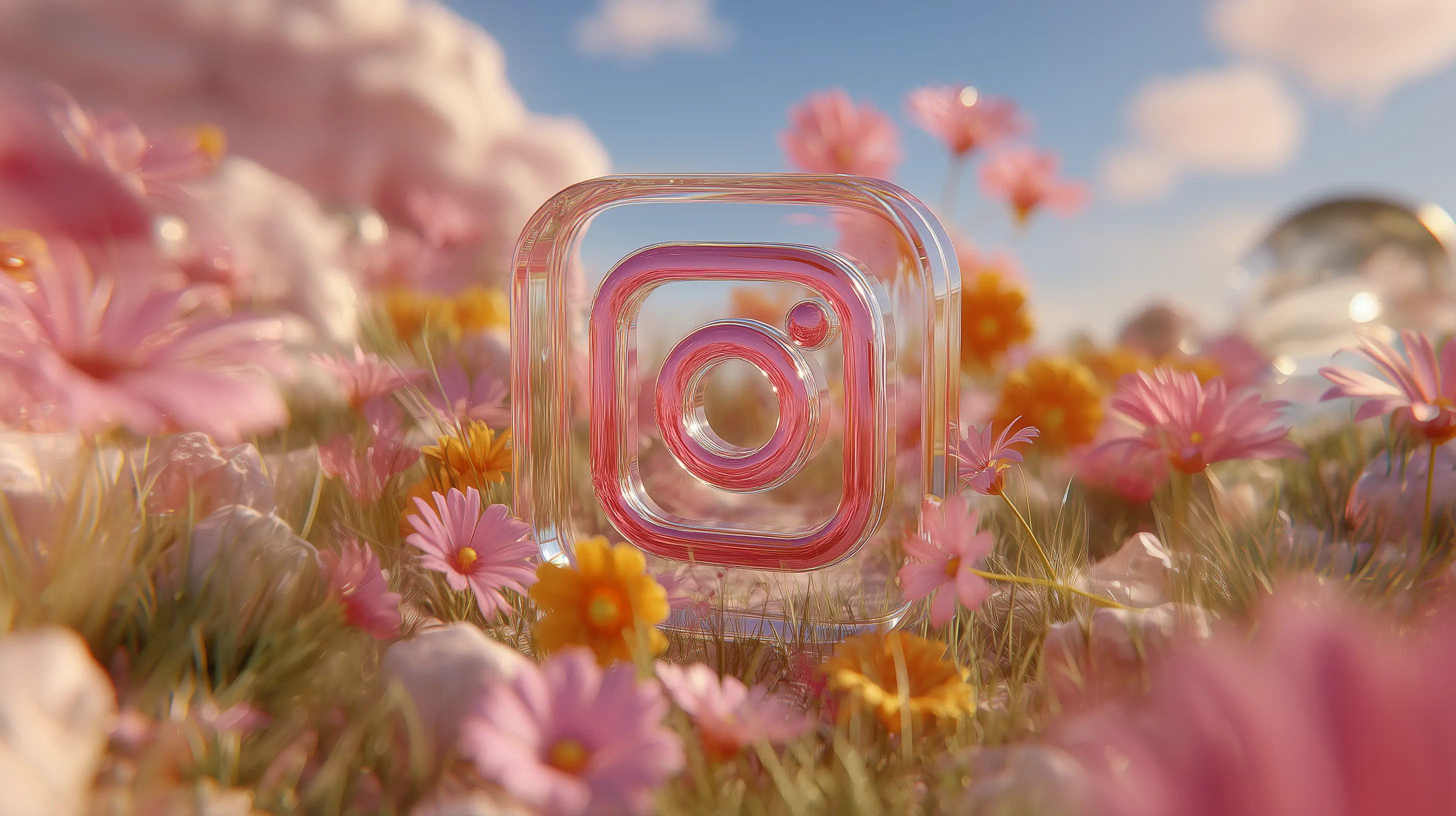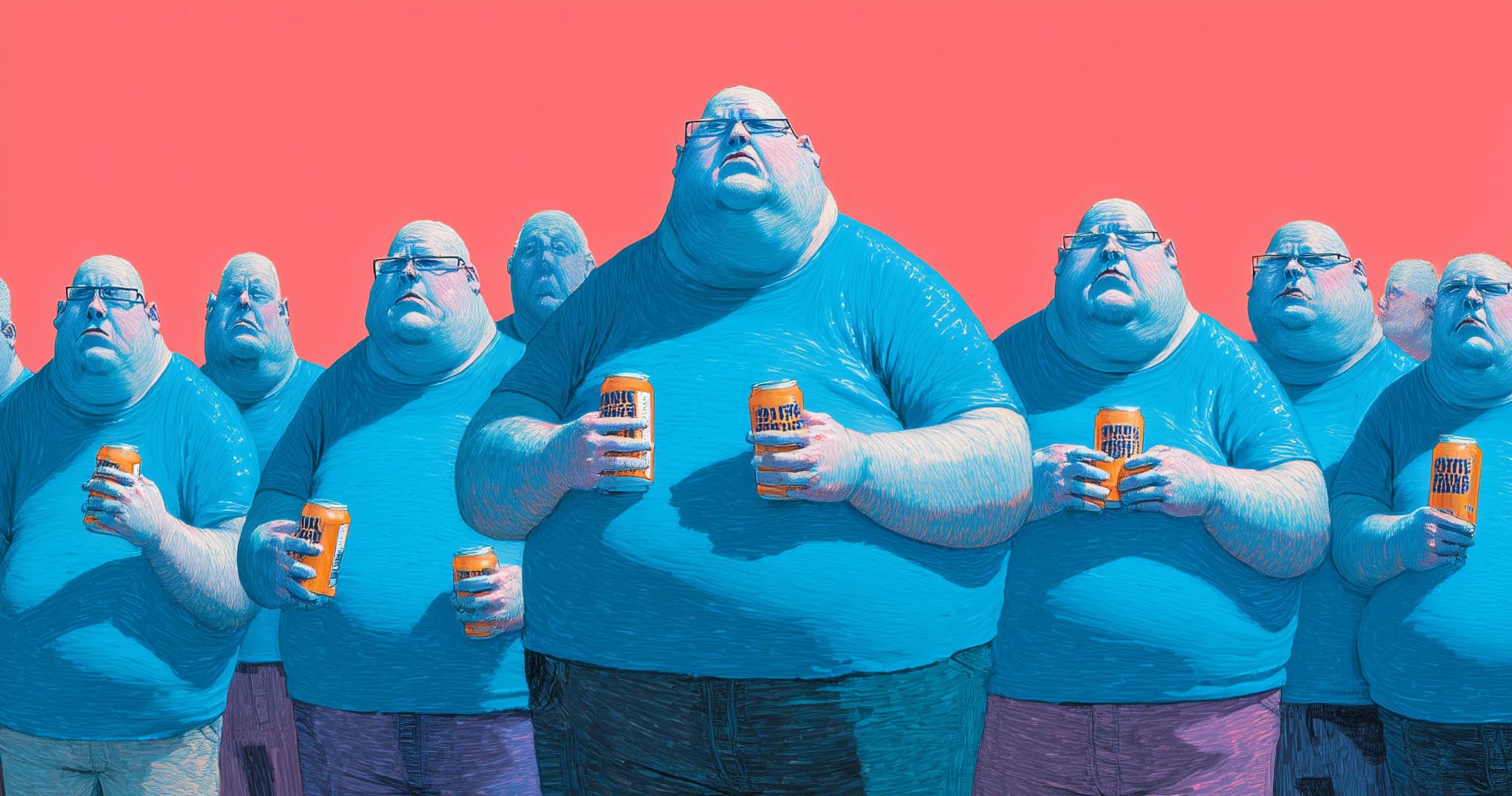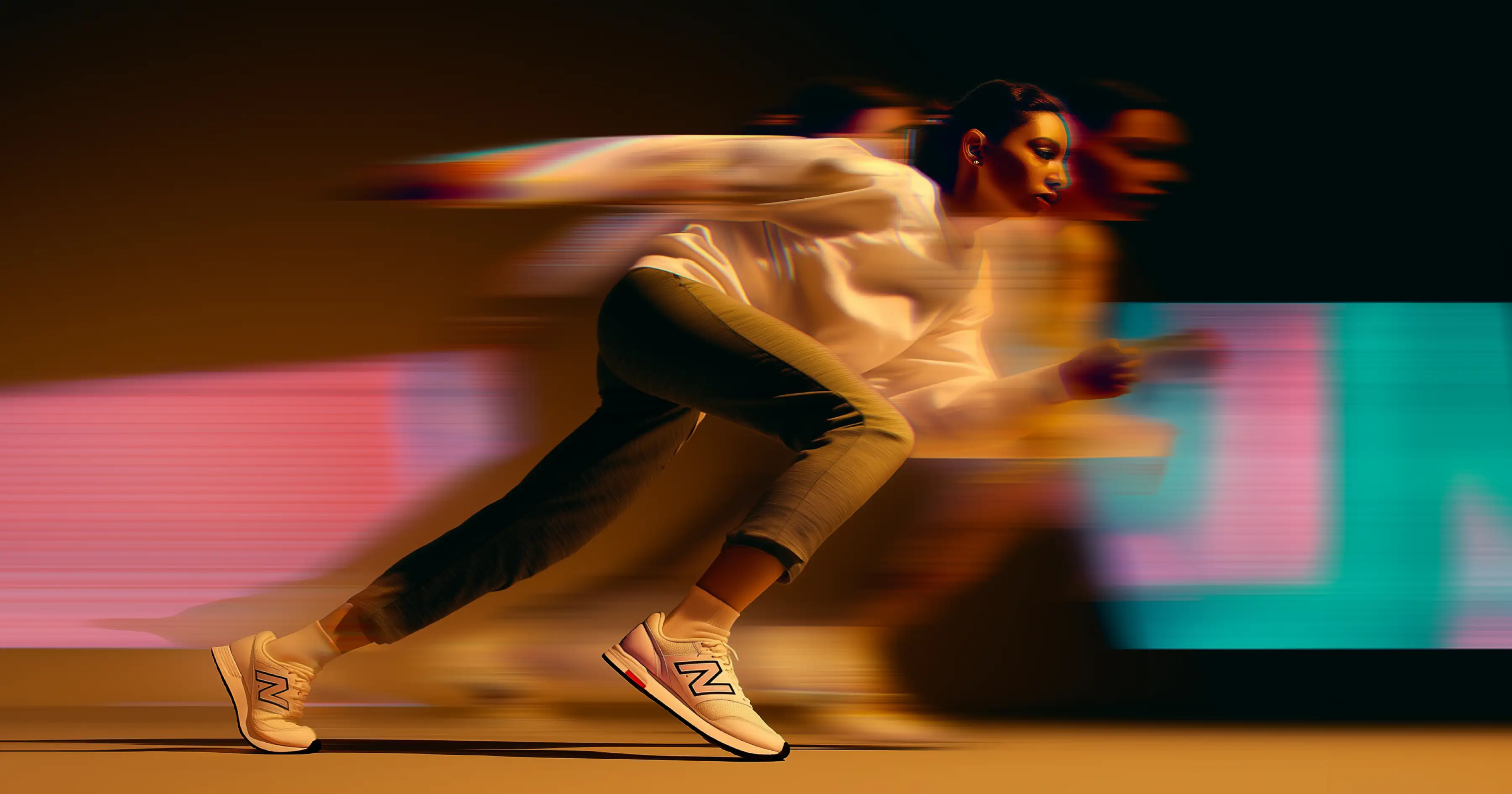15 years ago, Instagram was a quirky app for filtered photos of pets and coffee. Today, it draws nearly three billion people each month. What began as a playful experiment has evolved into a cultural operating system shaping how we see, share, and design the world itself. No longer just a mirror of culture, Instagram has become one of its most powerful authors.
On a spring morning in 2010, Kevin Systrom snapped a photo of a dog and applied a filter called X-Pro II. He uploaded it to a small app called Instagram. At the time, few noticed. The filters were playful, the audience small, and the stakes nonexistent. Fifteen years later, nearly three billion people scroll through the same app every month.
Three billion. The number is so vast it becomes abstract, like trying to imagine every grain of sand on a beach. If Instagram were a country, it would surpass India and China combined. Only two other products in history have reached such scale: Facebook and WhatsApp. Instagram is no longer just a platform for sharing photos of brunch. It has evolved into a cultural nervous system, pulsing with global trends, aspirations, humor, and anxieties.
What makes Instagram fascinating is not merely its size, but its subtle influence on society. It did not announce itself with the authority of a printing press or the urgency of television. It grew quietly, filter by filter, reshaping how people perceive beauty, status, and time. The writer John Berger observed that the way we see is never neutral. Instagram has taken this concept further than anyone could have imagined.
Seeing has become an act of performance, signaling, and anticipating the response of algorithms. Yet despite its scale, the platform feels fragile, like glass stretched too wide for its frame.
Instagram as a Cultural Nervous System: How Social Media Trends Spread Globally
Instagram is both a mirror and a pulse of global culture.
Trends now travel faster than ever, often beginning as small sparks before spreading worldwide. (Read more about Instagram’s latest ‘Thinnest Video’ Trend)
A chef in Tokyo shares a slow-motion reel of ramen being poured into a steaming bowl. Hours later, similar reels appear in New York, São Paulo, and London, inspiring home cooks to replicate the dish. In Lagos, a wellness creator posts a sunrise yoga routine. Within days, thousands across continents film their own versions, blending local aesthetics with global trends.
Micro-moments now carry global weight.
A child tasting a pumpkin spice latte in Montreal inspires recreations across Europe and Asia. A DIY desk hack ripples across offices worldwide. Influence no longer flows top-down from brands like Glossier, Fenty Beauty, or Gymshark; instead, it moves sideways, from micro-creators to global audiences, before brands step in to collaborate.
Every post or Story is a pulse in a worldwide network. Travel experiences in Lisbon, street food in Bangkok, or a rooftop concert in Lagos can spark trends globally. Music spreads just as quickly: an indie song recorded in Lagos can become the soundtrack for a dance challenge in Paris. Instagram turns everyday practices into global phenomena, making humor, food, wellness, and travel part of a shared cultural language.
Today, influence is less about reach and more about resonance, timing, and authenticity.
Instagram as the Lens: How Campaigns Are Now Designed for the Feed
What if the world itself began to look like Instagram? For millions of creators and brands, that is no longer hypothetical. Instagram has become the primary lens through which culture, commerce, and even social movements are designed and interpreted. Campaigns today often begin not with a product or message, but with a feed-ready visual. A moment meant to travel, trend, and ripple across billions of eyes before it reaches any other channel.
Companies no longer ask whether they should be on Instagram; they ask how their campaign will look on the feed. The platform has become the starting point, the blueprint, and often the first stage of culture itself.
Take L’Oréal Paris. Their “Walk Your Worth” campaign, featuring Kendall Jenner and Alia Bhatt, was more than a global beauty launch. It was a carefully choreographed visual story, designed to travel through feeds and Stories, generating over 871 million impressions and $58.8 million in earned media value. The campaign was not measured by billboards or magazine pages; it lived, breathed, and multiplied on Instagram, where every double-tap carried economic weight.
Luxury houses have internalized this instinct. Gucci, when planning a collection, visualizes it in the same way a painter imagines a canvas: the angles, lighting, and textures are chosen to thrive on Instagram’s scroll. A post is not just a post; it is a performance, a carefully timed ripple meant to resonate globally in hours rather than weeks. Even social campaigns like mental health awareness, climate initiatives, and voter registration drives take the same approach, leveraging Instagram’s visual storytelling to make ephemeral moments feel urgent, tangible, and shareable.
This is no small shift. Deloitte’s 2024 Social Media Trends report notes that 85% of Gen Z and 78% of millennials in the U.S. rely on social platforms as their primary source of inspiration. For marketers, it is no longer enough to broadcast a message; the message must perform, folding seamlessly into the aesthetic, rhythm, and cadence of Instagram itself. The feed has become the score to which all campaigns now dance.
Instagram has quietly become a design tool, a cultural operating system. Brands no longer craft campaigns first for TV, for print, or for the store; they craft them for the scroll. Every frame is calibrated for impact, every story optimized for shareability.
In this world, Instagram does not simply reflect culture, it pre-shapes it.
Instagram’s Global Village vs. Local Attention Economy
While Instagram connects the world, it also fragments attention. A campaign that thrives in New York may falter in Lagos; a trend in Tokyo may never reach São Paulo. Success requires understanding the interplay between global trends and local nuance and crafting content that feels authentic in every corner of the world.
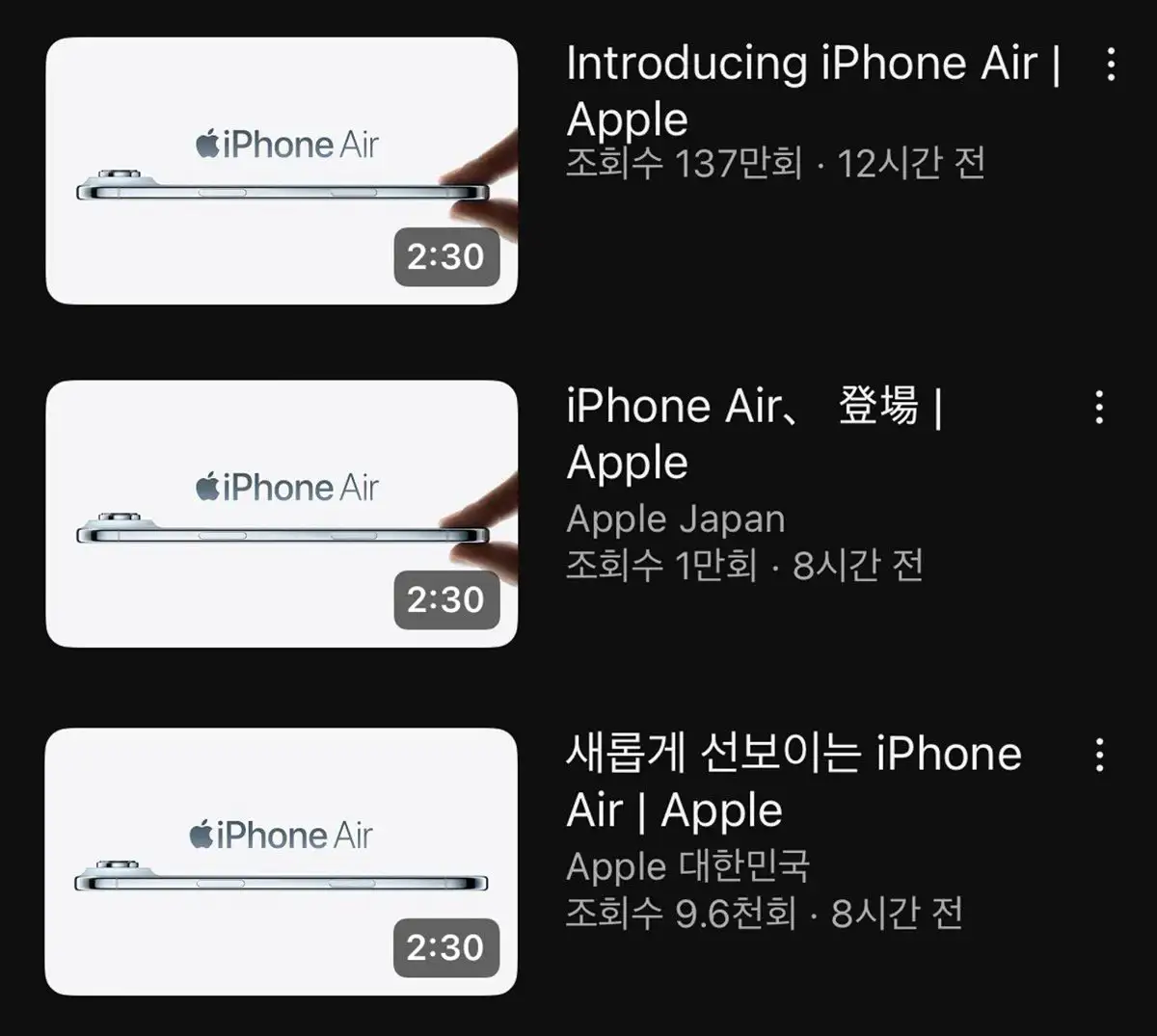
For businesses, this cultural shift has profound implications. A product or experience doesn't fully exist until it's Instagrammable. Brands now design with the expectation that their creations will be shared, discussed, and celebrated on Instagram.
Dishoom, a Bombay-inspired restaurant in London, has meticulously designed its interiors to evoke the ambiance of 1960s Mumbai cafés. This design strategy isn't just about ambiance; it's about creating a space that's visually appealing and shareable on Instagram. The restaurant's aesthetic has become a significant draw for patrons, many of whom are motivated by the desire to capture and share their experiences on social media.
Fenty Beauty revolutionized the beauty industry by launching with 40 foundation shades, emphasizing inclusivity. Beyond product offerings, the brand's social media strategy focuses on real, relatable content. By sharing behind-the-scenes moments and user-generated content, Fenty Beauty has cultivated a community that feels personally connected to the brand. This approach has not only built brand loyalty but also driven significant sales through Instagram's platform.
Blue Bottle Coffee's Instagram presence showcases its products in aesthetically pleasing settings, aligning with the brand's minimalist and quality-focused ethos. The platform serves as a visual portfolio, attracting coffee enthusiasts and potential customers who resonate with the brand's values and aesthetics.
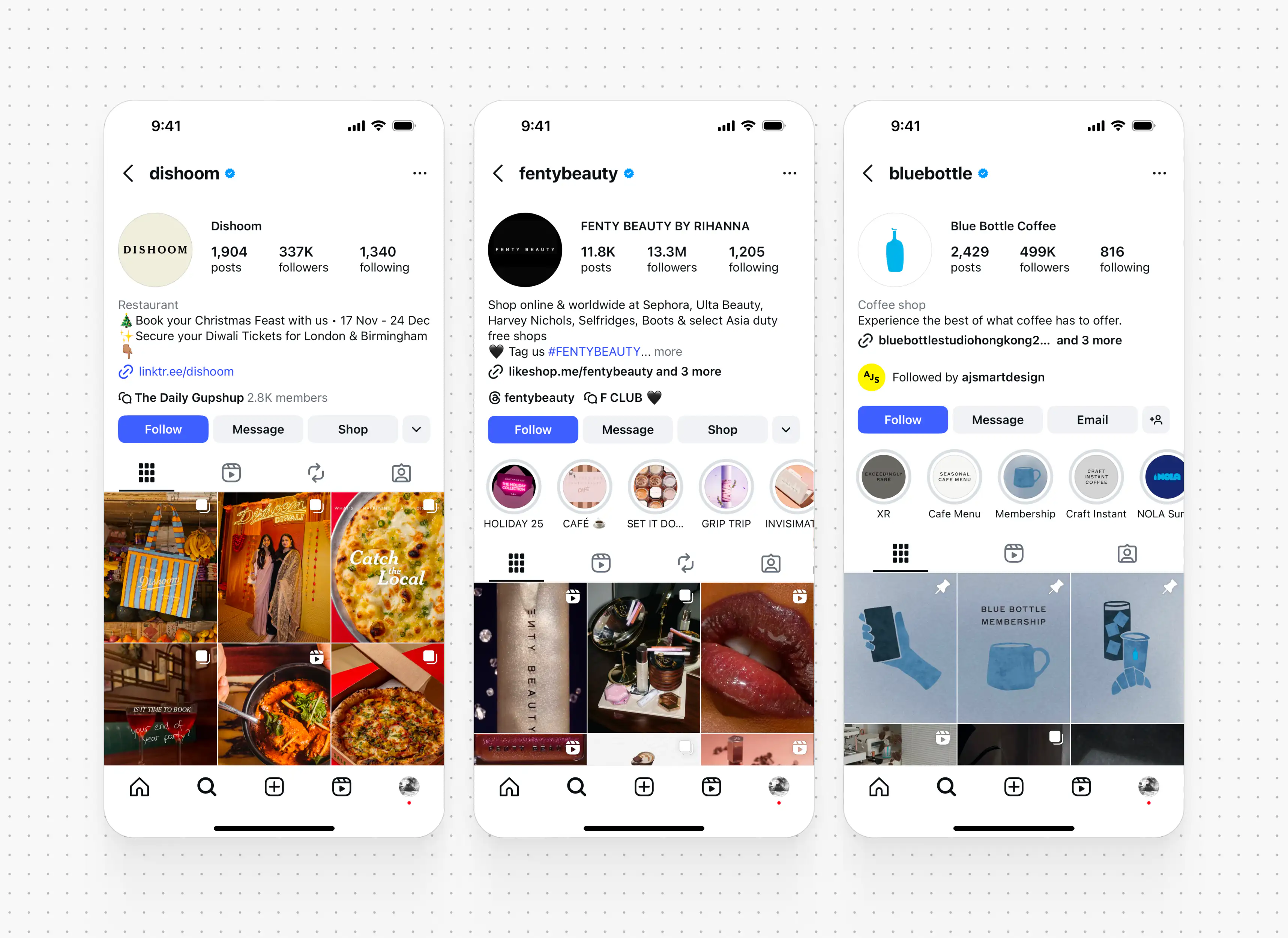
The success of these brands underscores the importance of designing for the feed. In the Instagram Era, a product's visual appeal and shareability can be as important as its functionality.
The Instagram Era: Opportunity, Influence, and Risk
We have entered what can only be called the Instagram Era. It is a world where the platform dictates what people see, what trends emerge, and how businesses operate. The feed is no longer just a reflection of culture. It actively shapes it. Every swipe, every Story, every reel is a tiny nudge in the global flow of attention, tastes, and behaviors.
For businesses, this is both a gift and a warning. Instagram enables hyper-targeted campaigns, instantaneous global reach, and a marketplace powered by cultural resonance rather than traditional advertising. A viral reel from a small café in São Paulo can spark a worldwide micro-trend in hours. Music, fashion, wellness, and even social causes spread faster than ever, allowing businesses to ride cultural waves instead of pushing against them. But with this speed comes fragility. Changes in algorithms, policy shifts, or platform downtime can instantly alter reach, engagement, and sales.
Content creators are navigating a landscape where creativity, commerce, and influence are intertwined. The most successful creators do not just post. They design, anticipate, and optimize for the platform itself. This requires understanding the mechanics of discovery, the rhythm of engagement, and the aesthetics that resonate. For brands and creators alike, the Instagram Era is less about control and more about participation in a constantly moving cultural ecosystem.
Ultimately, the Instagram Era offers unprecedented opportunity: the chance to connect, influence, and grow in ways that were impossible even a decade ago. It demands adaptability, creativity, and a keen sense of timing. Those who treat Instagram as a cultural operating system rather than just a social media channel will thrive.
